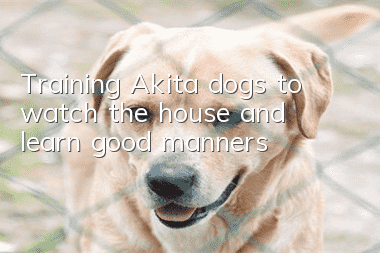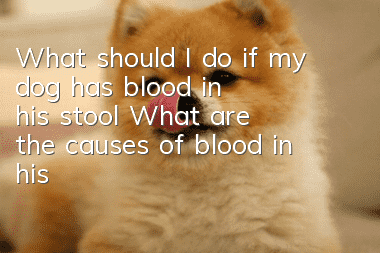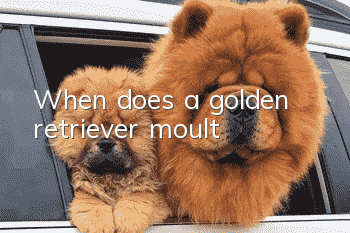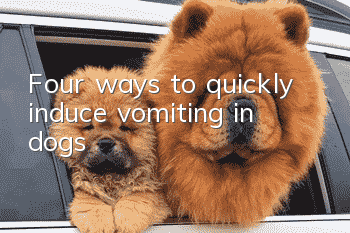Training Akita dogs to watch the house and learn good manners

When training the Akita Dog at the beginning, you can ask an unknown assistant to pretend to be a guest and go straight in without waiting for you. At this time, order the Akita Dog to howl at him. If the assistant does not stop, he will bite. He will keep his clothes, but he will never bite the guest.
When no one is in the room, teach the Akita dog to guard it and not allow anyone to enter without permission. During training, an unknown assistant should also be allowed to enter the owner's room privately, while the owner himself is hiding in one place. If the Akita shows no expression, then the Akita must be punished and the owner must be punished. Akita Inu said: "Be careful in the future!" Akita Inu will naturally be responsible for this task after repeated training.
If an uninvited guest breaks into the owner's home, and the guest comes for some reason, and the owner has to receive him but is not at ease, the owner can first ask the Akita dog to follow the guest closely, and the Akita dog will not leave if he does not leave. The dog will not walk, and the Akita dog will also sit when he sits. If he touches something, the Akita dog will bark a few times, and then bite his clothes and won't let go.
The methods of politeness training for dogs: induction, coercion, prohibition and reward, etc.
Induction means that the owner uses Akita Inu's favorite food and objects to induce the dog to perform certain actions, or uses the dog's spontaneous actions in combination with commands and gestures to establish prerequisite reflexes or enhance the training effect. the wrist of.
Force refers to a method in which the owner uses mechanical stimulation and threatening tone commands to force the dog to perform corresponding actions correctly. Forced, mainly used for initial practice, in order to strengthen the formation of prerequisite reflexes. Under the influence of external incentives, when the dog cannot smoothly follow the commands and gestures, forced methods can also be used. This method must be combined with rewards, that is, every time the dog is forced to perform accurate actions, sufficient rewards must be given. Prohibition refers to a method used by owners to stop their bad behavior.
Prohibition is essentially a kind of punishment for dogs. It can only be used when the dog has bad behavior. When the dog delays executing the command, only coercion can be used instead of prohibition. When using prohibitive methods, the stance must be strict and the tone must be firm, but the dog must not be punished corporally. Stopping must be timely. Stopping is only effective when the dog has prohibited behaviors or in the early stages of prohibition. Prohibiting it afterward will not only be useless, but will cause the dog's nerves to become confused and at a loss. After the dog stops violating the prohibition, it should be rewarded immediately to ease the dog's nervousness.
Reward is a means to strengthen the dog's accurate movements, consolidate the dog's developed behavior, and adjust the dog's nervous state. Reward methods include feeding food, petting, letting go, and verbal praise of "good". Rewards are extremely important in dog training, but they must be used correctly, otherwise, good results will not be achieved.
- What are the precautions for deworming puppies?
- What are the coat colors of Australian Cattle Dogs?
- What should be done to cultivate the physical quality of puppies?
- How to stop dogs from eating poop
- Pug beauty care methods
- How to correct your dog’s bad habit of biting?
- What happens when a dog vomits? What should you do if your dog vomits?
- Complete collection of canine distemper treatment methods, collect it now!
- Disease Classroom | Causes, Symptoms and Treatment of Dog Diabetes
- What medicine should a dog take if he has a fever? Dog fever symptoms and treatment methods



